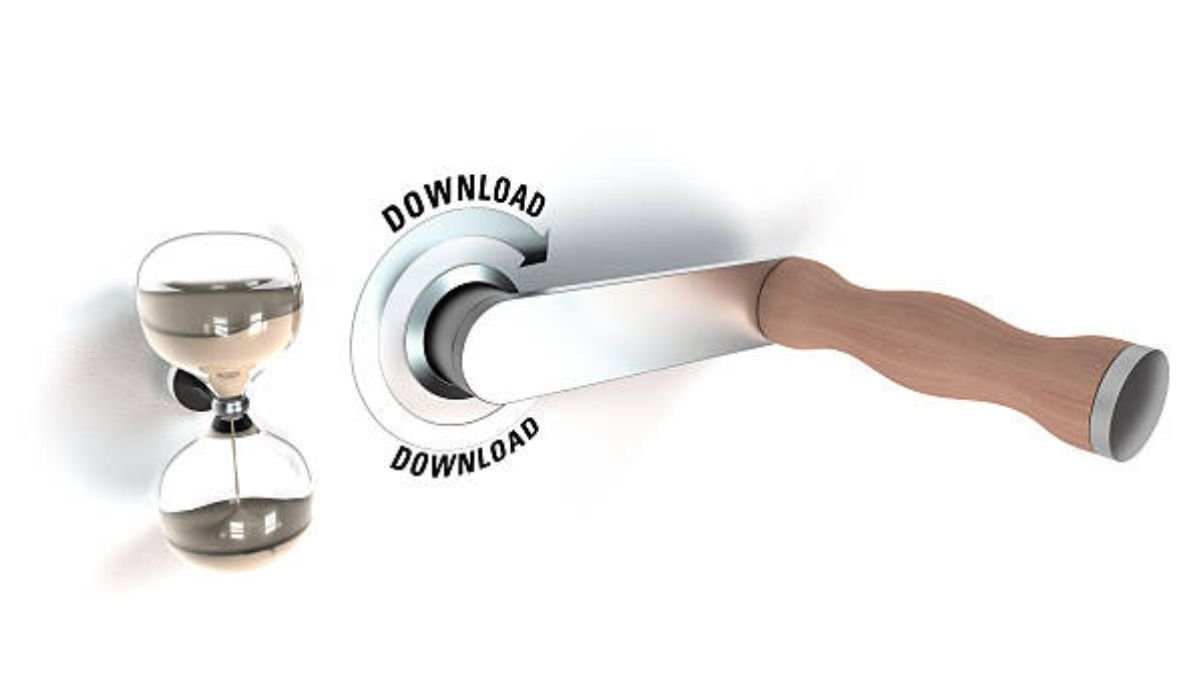Specialized tools are a key part of many trades — construction, manufacturing, healthcare, energy, etc. These tools are often costly and perform a distinct function requiring care and attention. Protecting them when not in use benefits the lifespan, downtime, and performance of the tool. Workers recognize that protecting tools is more than simply storing them; it is also inspecting, cleaning and using properly. Clearly defined maintenance cycles and proper storage techniques limit damage, rust, and malfunction. Utilizing a streamlined process is important to helping keep business running, toward the ultimate goal of safety and efficiency in high-demand environments. This leaves them to focus on the job with confidence in dependable tools.
Observations – of a field technician sharing their company losses of time and money preserving to inspect their tools when the day ended resulted in conversations of a soft stop of their tools- based on three observations: cleaning, removing label, with proper storage. As a result, for the technician, the observed process resulted in less down time with their tools, with ultimately higher productivity. It only took these three observations, to change tool attitudes and consequently impact attitude to work, making work processes smoother.
Understanding Equipment Sensitivity
Specialized equipment is built to perform complex tasks, but that precision often makes it fragile and sensitive to external factors like moisture, temperature, and vibration. Even small mistakes in handling can cause wear or calibration issues, leading to costly repairs or downtime. Workers who understand these sensitivities take extra steps to protect each piece of equipment after use.
Before packing up, it’s important to assess every tool or machine for dirt, debris, or minor damage. Cleaning and inspecting right away prevents long-term issues. Simple habits like wiping down surfaces, securing loose parts, and covering delicate sensors can make a major difference.
Myth vs reality: Many believe that heavy-duty or industrial equipment doesn’t need gentle handling. In reality, even the toughest machines require care. Dust, corrosion, or improper storage can affect performance just as much as with smaller, more delicate devices. Regular attention keeps every tool reliable and ready.
Preparing Gear After Each Use
My perspective is that consistency is the foundation of equipment care. A worker who follows the same post-operation routine ensures every tool remains dependable. After each task, equipment should be cooled down, cleaned, and checked for any visible signs of wear.
Labeling damaged parts immediately prevents confusion later and allows for quicker repairs. Storing cleaned tools in designated spaces helps keep operations organized and safe. Workers can also maintain a simple logbook to track inspections and replacements — a small step that avoids costly downtime.
These habits don’t require much time but have a major impact on reliability and longevity. By treating post-operation care as part of the job, workers not only protect equipment but also build a safer and more efficient work environment.
Proper Storage and Maintenance
Protecting specialized equipment between operations depends heavily on proper storage and regular maintenance. These steps prevent rust, malfunction, and unnecessary wear, helping workers maintain efficiency and safety across projects.
How should specialized equipment be stored after use?
Always clean and dry tools before placing them in storage. Avoid stacking or crowding items to prevent accidental damage. Use padded cases or protective covers for delicate parts, and store heavy machinery in dry, temperature-controlled areas to prevent corrosion.
Where can I find reliable facilities for storing industrial or technical equipment?
Facilities like secure storage in Portland on columbia blvd provide safe, climate-controlled units ideal for expensive or delicate machinery. These locations help prevent moisture buildup and physical damage, ensuring tools remain in perfect condition until needed again.
How often should maintenance be done on stored equipment?
Perform quick monthly inspections to check for dust, leaks, or signs of wear. Lubricate moving parts and recharge batteries when necessary to prevent long-term deterioration.
A proactive maintenance routine saves money, boosts reliability, and helps equipment last longer between demanding operations.
Safe Transport Between Sites
Moving specialized equipment safely between locations requires planning and attention to detail. Even a short trip can lead to damage if items aren’t secured correctly. Follow these simple yet effective tips:
- Use custom-fit cases or crates with proper padding.
- Secure items with straps to prevent movement.
- Label fragile parts clearly before loading.
- Inspect vehicles or trailers before transport.
- Avoid stacking heavy items on lighter gear.
Transporting tools correctly helps avoid costly repairs and delays.
Common mistakes to avoid: Skipping protective wrapping, ignoring load balance, and neglecting post-transport checks can cause serious damage. Taking a few extra minutes for preparation ensures your specialized equipment arrives ready for use every time.
Long-Term Care Practices
In Oregon, a site supervisor spoke about how improved maintenance of equipment improved their overall efficiency. When something broke down and halted them in the middle of a prescribed process, it caused an unintended disruption in their work day, and involved costs and delays. After examining the process in detail, they established a standardized process – cleaning/sanitization after each use, scheduling regular maintenance and upkeep of each piece of equipment, and storing equipment properly, off work periods. Finally, they developed a list of regular points to check weekly – focusing on lubrication and calibrations, and checking for wear and tear on equipment. At first, there were some concerns from workers that it would affect their efficiency while the exercise was tested, and within a few months there were quantifiable increased efficiency. Equipment was lasting much longer, repair costs were down, and each project costs (or timeframes) were much more predictable. The workers all learned that the few extra minutes working to take care of their equipment and tools saved them hours of work later.
A real life illustration of how consistency and care influence how dependable equipment is, we have determined that long term care does not require luxurious or superior conditions; it only takes discipline, attention to detail, and doing the right things correctly. If a worker preserves tools that are in tip top condition and trusty, they are helping foster their own time, and efficiency.
In summary: Long-term care is instrumental to specialized equipment being maintained to peak performance and avoid expensive and urgent costs of repairing and replacing equipment. Routine inspection, maintenance and storage of tools are essential for sustained performance for each operation of a project, and workers who are establishing habits exceed maintenance and find improved uptimes while fostering a safe work environment and increased overall efficiency through a few additional steps in their daily tools maintenance and management.
The Importance of Reliable Systems
Every worker depends on their equipment, and that trust is built through proper care between operations. A reliable system of cleaning, inspection, and storage makes every job safer and more efficient.
Protecting specialized equipment between operations is more than maintenance — it’s a professional standard. By treating every piece of gear as an investment, workers can extend its lifespan, boost productivity, and maintain pride in their craft for years to come.
YOU MAY ALSO LIKE: 8 Occupational Illnesses That May Be Covered Under Workers’ Compensation











